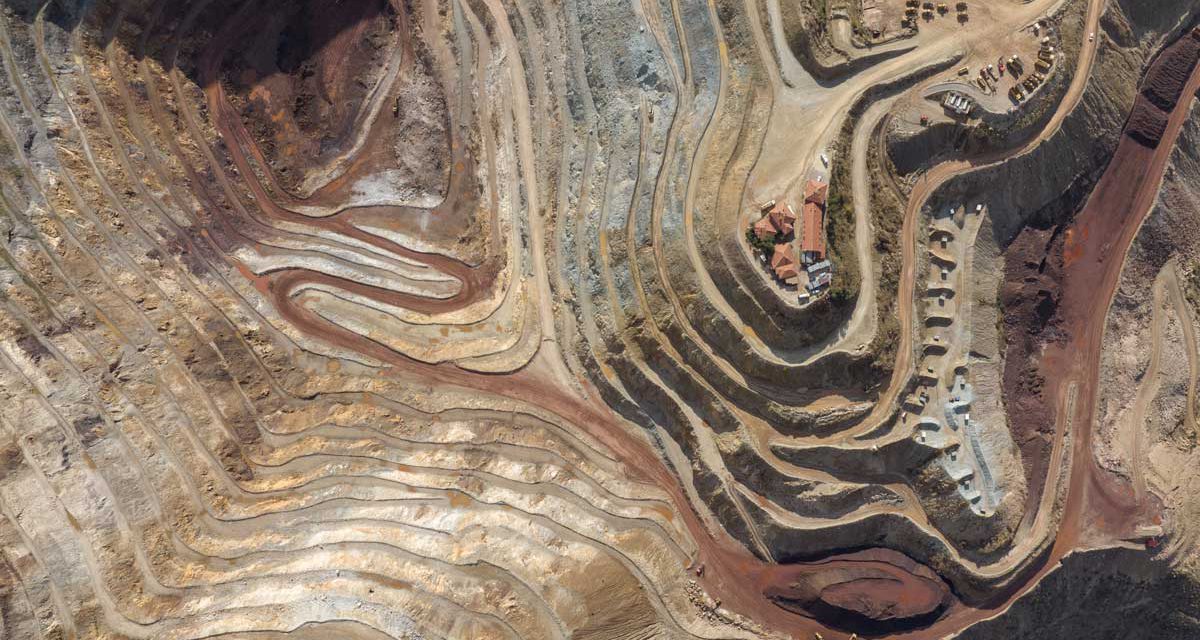In pre-colonial times, South Africa’s mineral resources were often mined for local uses with evidence of trade in precious metals predating the arrival of colonial settlers. In the country’s contemporary economic history, the mining sector has no equal. For close on 150 years, an Aladdin’s Cave of rich mineral endowments has fuelled economic growth and resource-led economic development. Indeed, the mining sector has come to be defined by the breadth and depth of its intra- and inter-sectoral economic linkages, its tax and foreign exchange earnings, as well as its contribution to employment, skills development, and technological advancement. Despite the long-term structural decline of the gold sub-sector and the general underperformance of the mining sector in recent years, the mining industry remains a vital contributor to the national economy and to those directly and indirectly involved in it whose livelihoods depend upon it.
But while the contribution of mining and minerals development cannot be overstated, it is also true that the system of accumulation that is sometimes described as the Minerals Energy Complex (MEC) has not served all South Africans equitably. Historically, this was a function of a political economy characterised by exclusion based on Apartheid-era statutory discrimination. At the time of South Africa’s transition to a non-racial democracy, the imperative to bring about equitable access to the country’s mineral resources by eradicating all forms of discrimination in the mining industry was clear. So too was the need to take legislative and other measures to redress the results of past discrimination.
To this end, the enactment of the MPRDA was intended to bring about reforms that would enable equitable access to and the sustainable development of the mining and minerals sector, while simultaneously focusing on achieving the twin aims of promoting sector growth and installing an appropriate regulatory system. While the sector has undergone substantial transformation, this has not been sufficient to satisfy the aspirations of many South Africans. Furthermore, it is clear to most observers that these outcomes have largely remained elusive. Despite some successes, the Act has not facilitated mining sector growth and neither has it brought effective regulation. This threatens to undermine efforts to ensure the sustainability of the sector. Allied to this, there is also ongoing unhappiness amongst mining industry stakeholders and citizens alike over the country’s minerals governance system, which is generally perceived as inefficient, inconsistent and not always transparent.
The fact that the South African mining industry is underperforming economically is a cause for serious concern. A falling share of real GDP, an average annual decline on 0.4% in mining GDP over an almost thirty-year period, and falling levels of …













